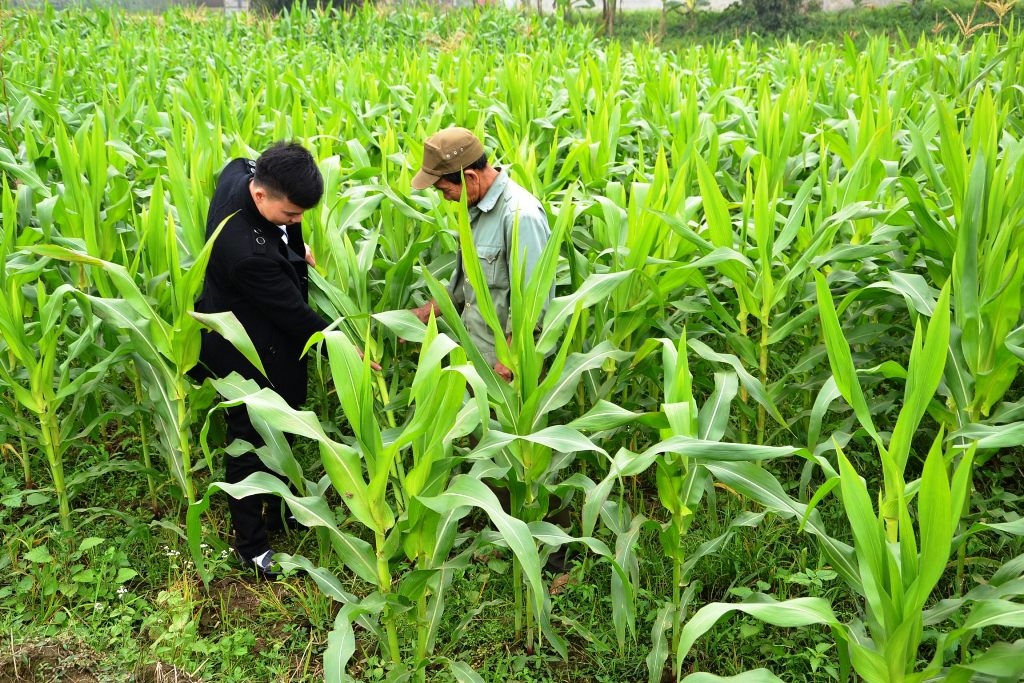
In a mountainous province like Lao Cai , perhaps few places have the advantages of Vo Lao commune, Van Ban district; large land area, convenient traffic, abundant water resources, and hard-working Tay people. That is why Vo Lao was once the "rice granary" of Lao Cai homeland during the resistance war, and Vo Lao rice contributed to the victory of the great resistance war of the nation, unifying the country.
“The advantages are like that, but to help people have a better and better life, has always been a concern of the Party Committee, government and people of all ethnic groups for many generations,” shared female commune chairwoman Tran Anh Tan.
Accordingly, from the direction that has been opened, that is the Resolution on economic restructuring, land accumulation, commodity production of the Party and the State's policy of supporting capital, seeds, techniques, Resolution 10 of Lao Cai Provincial Party Committee on developing commodity agriculture...; When implementing, Lao Cai province also has clear regulations on supporting farm economic models, encouraging the application of high technology in fields and raising livestock, poultry, aquatic products; afforestation; processing agricultural products... how much support is given, what are the procedures, etc.
However, how to put resolutions and policies into practice, with the goal of eliminating poverty and getting rich, the solution lies in the leadership and each citizen of Vo Lao. For Vo Lao today, agriculture is still the "core" but has brought a new vitality, with the direction of commodity production, applying science and technology to fields, raising livestock, planting forests... to make the land "give birth" to money, improving the living standards of the people.
“We plan and encourage people to cultivate single-variety fields, applying the improved SRI rice cultivation method - that is the key to improving the productivity and quality of local rice grains, journalist,” said Commune Chairman Tran Anh Tan.
Chairman Tan's story about SRI was unexpectedly interesting. This is a rice cultivation method that originated in Madagascar in the 1980s, then was promoted by Professor Norman Uphoff of Cornell University in the US to be applied and replicated in many countries around the world. SRI is encapsulated in 5 principles, which are: Transplanting young seedlings; transplanting a square-eyed and shallow patch; alternately draining water; weeding, stirring mud, and fertilizing according to the needs of the plant.
Rice cultivation according to the SRI improved rice intensification system has the advantage of “four reductions”, which are: 60-70% reduction in seed quantity, 25-30% reduction in irrigation water, reduction in fertilizer and reduction in pesticides, while still ensuring high yield and superior product quality. In some early-planted rice fields, in the spring sunshine, the sturdy rice seedlings stretch high above the water surface, welcoming the light and air of Vo Lao, promising a golden bumper crop.
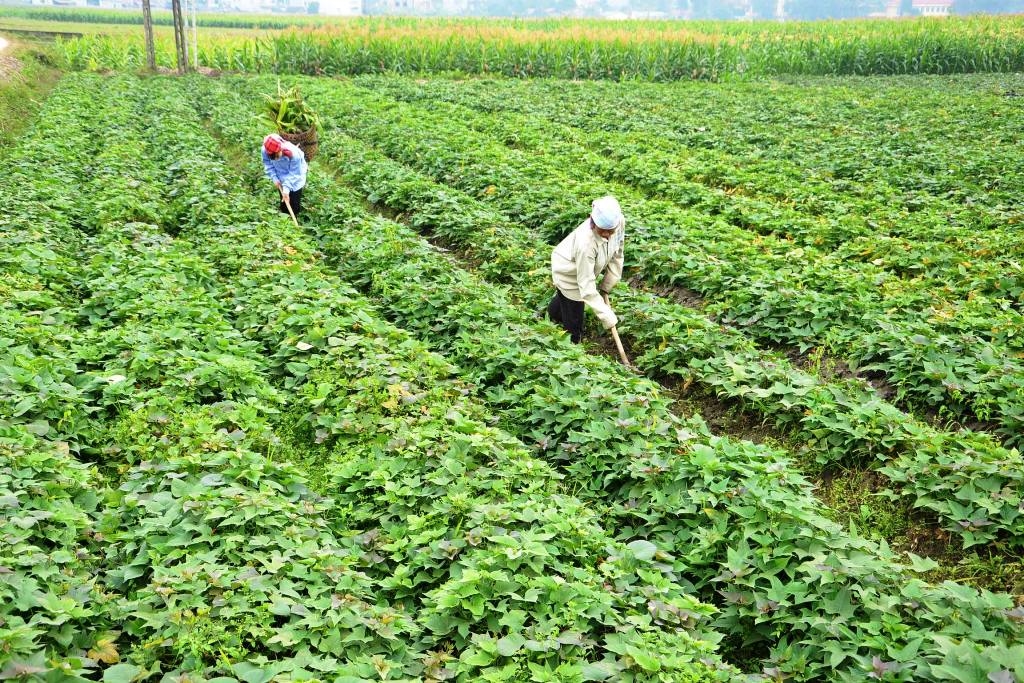
“So what is the reality in this field of more than 540 hectares, the second largest in the province, the fifth largest in the Northwest region? - I asked. Without hesitation, Commune Chairman Tran Anh Tan immediately answered: We propagate, mobilize, and guide people to implement "single-variety fields" and apply the most advanced farming method today, SRI, to the fields; up to now, nearly 300 hectares are implementing full and partial SRI cultivation. The average rice yield reached 69.9 quintals/ha, the total output reached 7,527 tons, reaching 108.9% of the plan and 104% of the People's Council Resolution. With such rice output, it not only ensures food security for the locality, but also provides a stable source of income for farmers here.
I was very happy to hear about the rice crop in Vo Lao, because the hard-working and diligent Vo Lao people are gradually applying science and technology to production to create higher economic efficiency from their own land. But even happier is that Vo Lao people know how to grow a third crop, know how to "rotate" the land to increase income.
In the past, after the harvest, people left the land fallow to let weeds grow, but now, farmers "awaken" the land by adding a winter crop, "nourishing" the land by watering and fertilizing according to the recommendations of agricultural extension, to make the land turn around to "give birth" to money, with clean vegetable products of all kinds under the Vo Lao brand gradually dominating the market.
Following the concrete road from Provincial Road 151 through the villages of Chieng, En, and Lu, we arrived at the commune’s winter intensive farming planning area. Stretching far and wide, there were fields of sticky corn, yellow sweet potatoes, and green climbing beans in the chilly winter weather.
“Why did you choose these three types of plants to grow in the winter?” I asked the female commune chairwoman Tran Anh Tan.
“Sticky corn is brought to the city to be boiled and sold to tourists, green beans are sold to the kitchen of workers in Tang Loong industrial park, and yellow sweet potatoes are sold to units exporting to Japan,” Ms. Tan explained.

So it turns out, agricultural production must always be linked to output, only then will it be economically efficient and sustainable. Even with corn, Vo Lao does not grow hybrid red corn to sell dry kernels like many other places, but grows pure waxy corn, breaks the cobs and brings them to the city to sell for three thousand each, which is 3-4 times higher than selling dry corn.
Seeing the benefits, farmers in Chieng, Bat, La, En, and Lu villages located next to Provincial Road 151 actively cultivate the winter crop. Now, in addition to two rice crops, Vo Lao people have more money from winter crops. This is a change in the awareness and business practices of the ethnic people here. "Thanks to cultivating the winter crop, many households have had an additional income of tens of millions of dong, contributing to accelerating poverty reduction in the locality," Chairman Tan said excitedly.
Such are the advantages, but in reality, in Vo Lao there are still dozens of villages in the highlands and remote areas, with very little agricultural land and difficult water resources, so what can be done to develop production and increase income for people?
The solution to this difficulty is to plant forests for timber and raise livestock. For example, in the villages of Ngau 1, Ngau 2, Bat 3, Vinh 2, En 1... people bring cinnamon, fat, xoan, trầu, and bodhi trees to the high hills to create a long-term source of income. In the last three years alone, Vo Lao has had more than 200 hectares of planted forests, covering the bare hills with green, adding to the beauty of the ecological landscape of the countryside that is changing every day.
On the first day of the year, walking through the homeland of Vo Lao with its green fields, gardens, forests and two cool streams surrounding the vast Chieng field, I love this fertile land and the sincere people here even more.
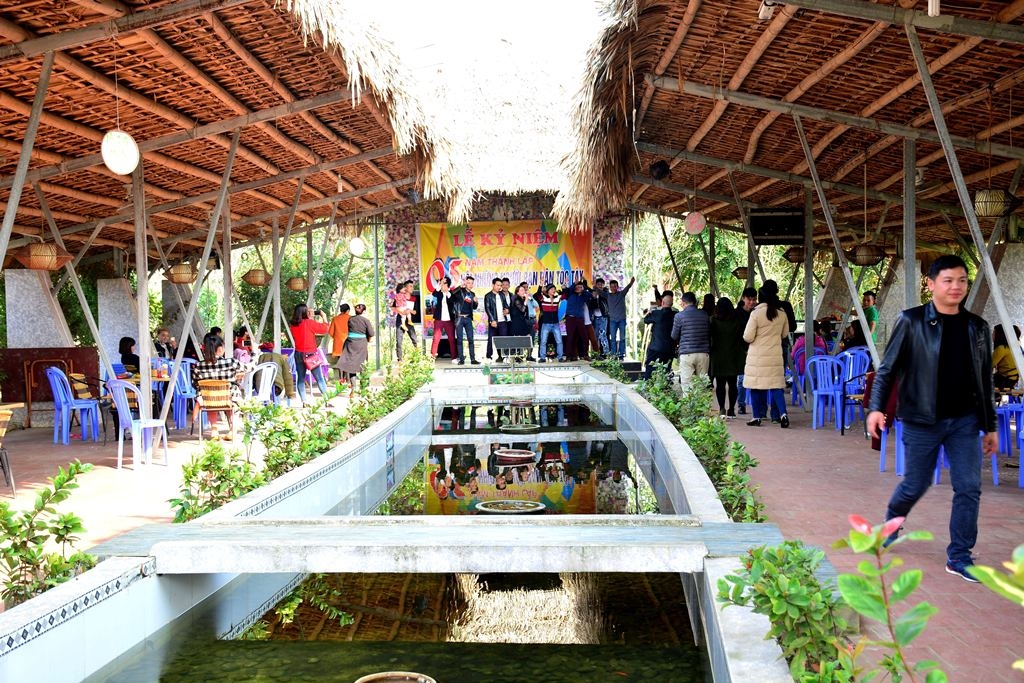
Located on a high land, next to Nam Ma stream, the highlight is the Lam Vien Thuy Hoa tourist area of Mr. Tran Van Hai, which is opening up the potential for eco-tourism and agricultural tourism in this land of beautiful mountains and rivers, containing the strong cultural identity of the Tay people. Mr. Hai enthusiastically talked about the stilt house architecture, living utensils and "everywhere" Nom of the Tay people in Vo Lao.
He said, realizing the unique cultural features and rare natural beauty of the land and people of Vo Lao, and convenient transportation, the idea came to him: how to preserve and conserve cultural identity, turn "heritage" into assets, that is, attract tourists to explore, experience the life and enjoy the culture of the Tay people here, opening the way for agricultural tourism development in this countryside. Thinking is doing, so he invested in and developed this Thuy Hoa Forest Park, several hectares wide.
“We conquer tourists with beautiful natural landscapes and the cultural identity of our ancestors,” said Mr. Hai.
After a walk around Thuy Hoa Park, we all had the same thought that this would be the “nucleus” to stimulate a very potential and effective economic development direction of Vo Lao, which is agricultural and ecological tourism…


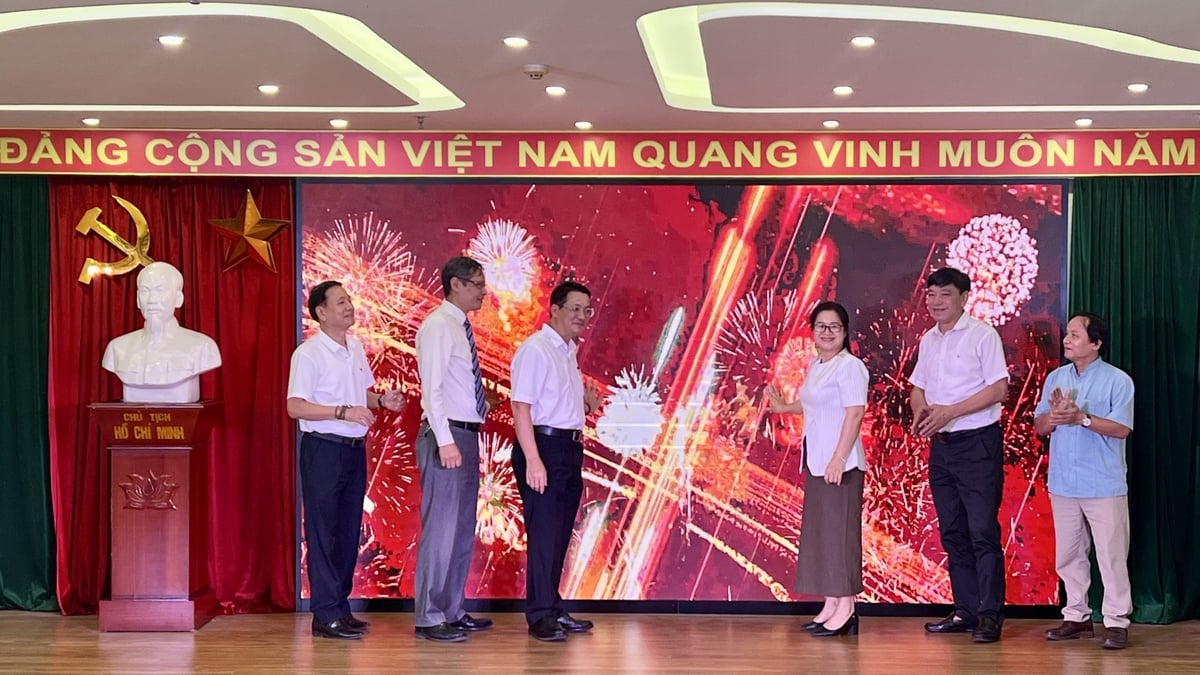
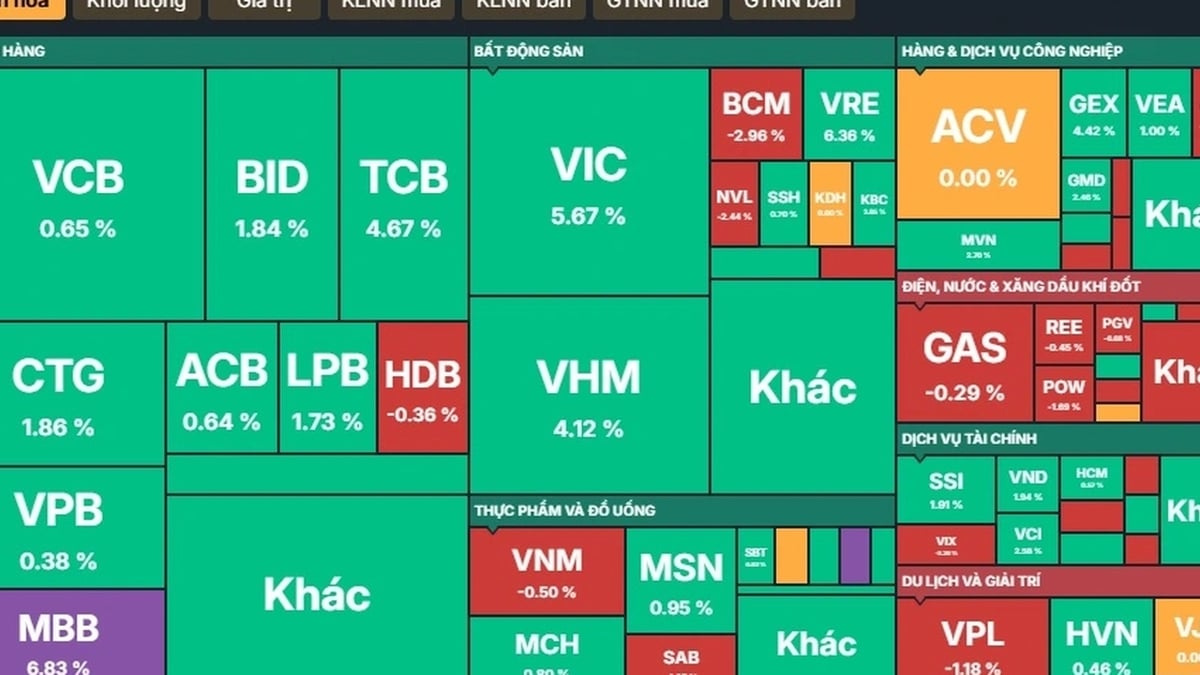

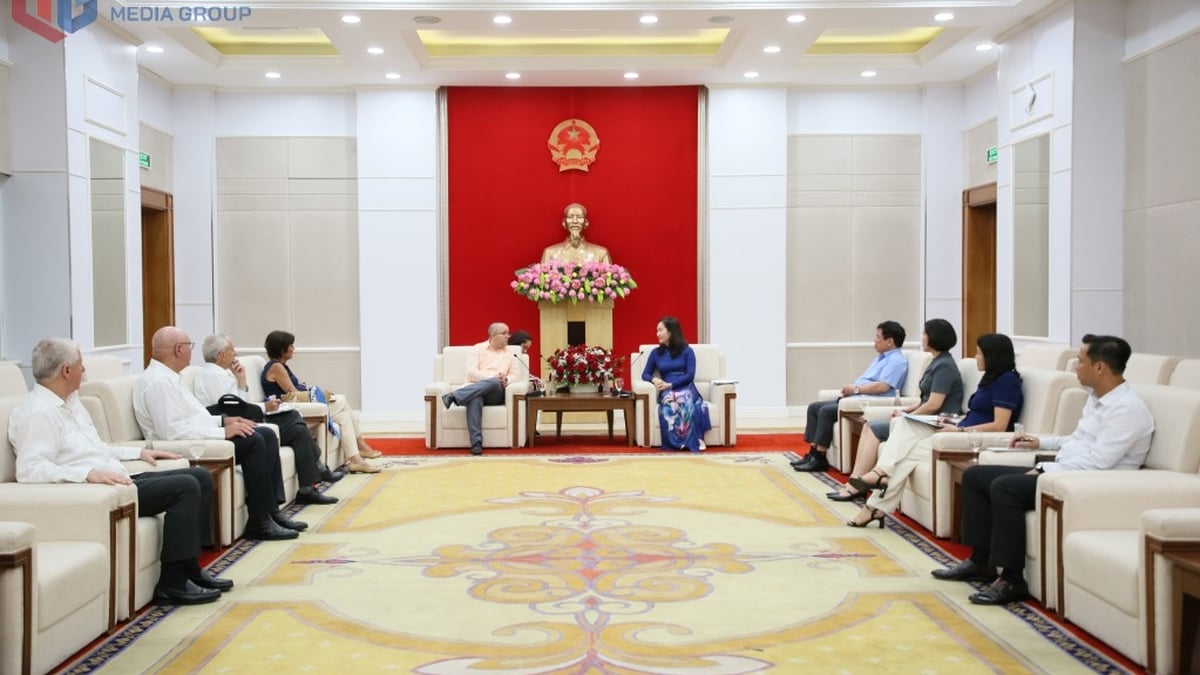
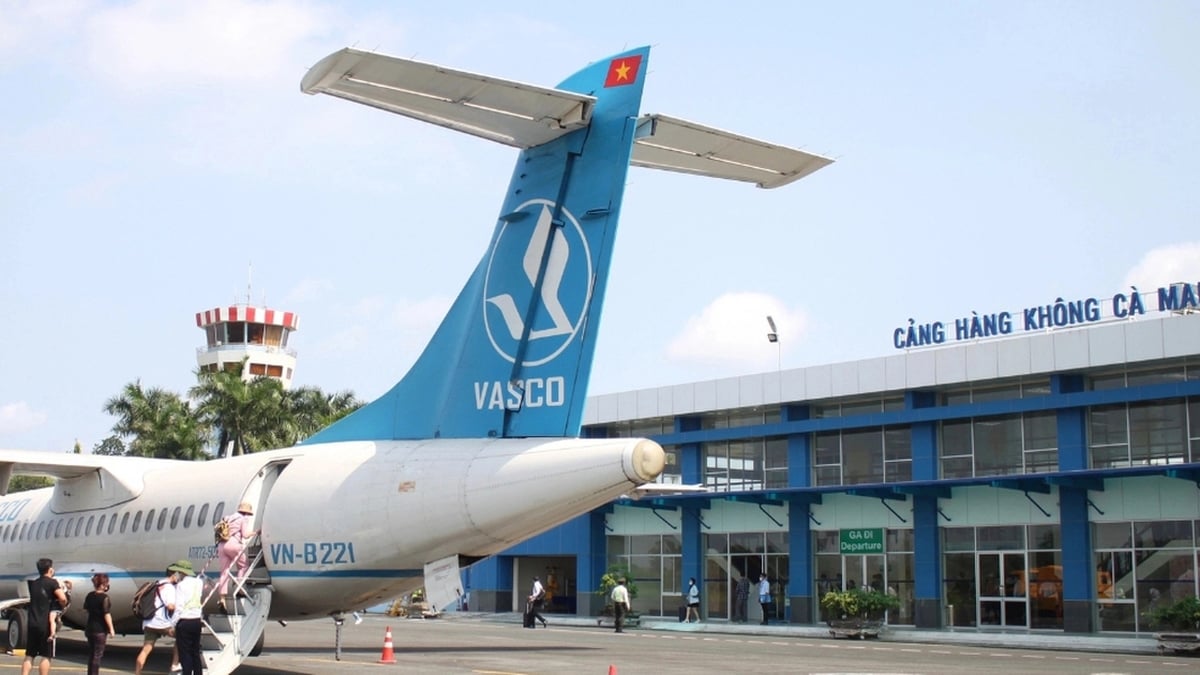
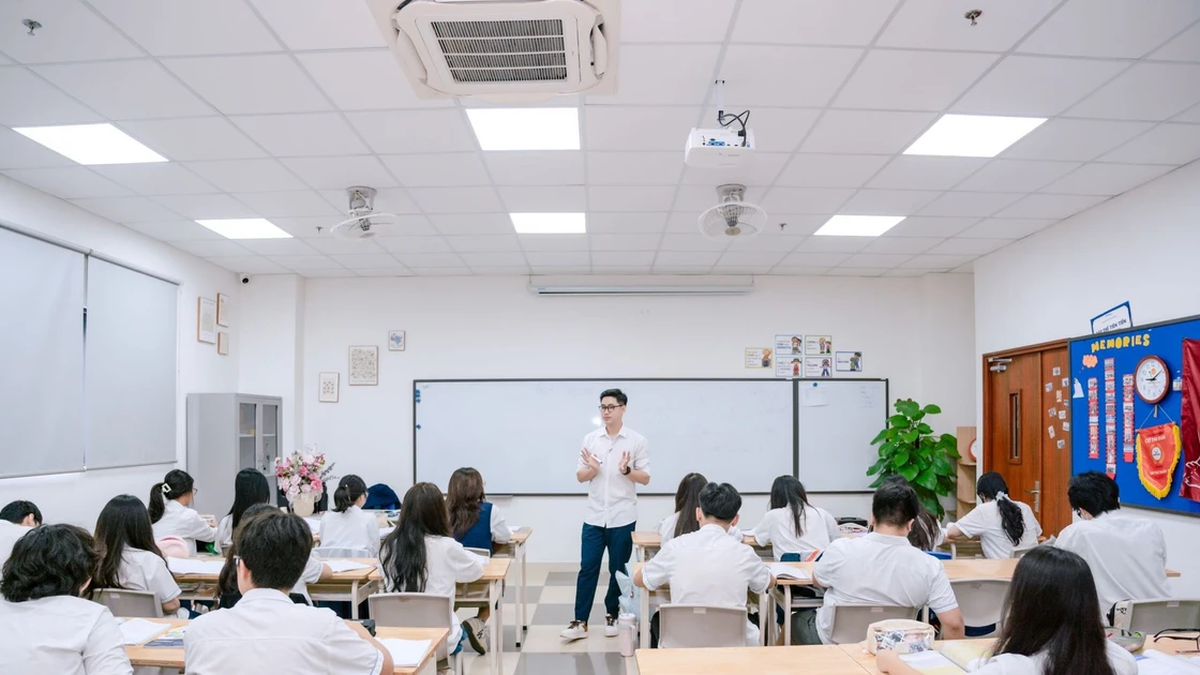
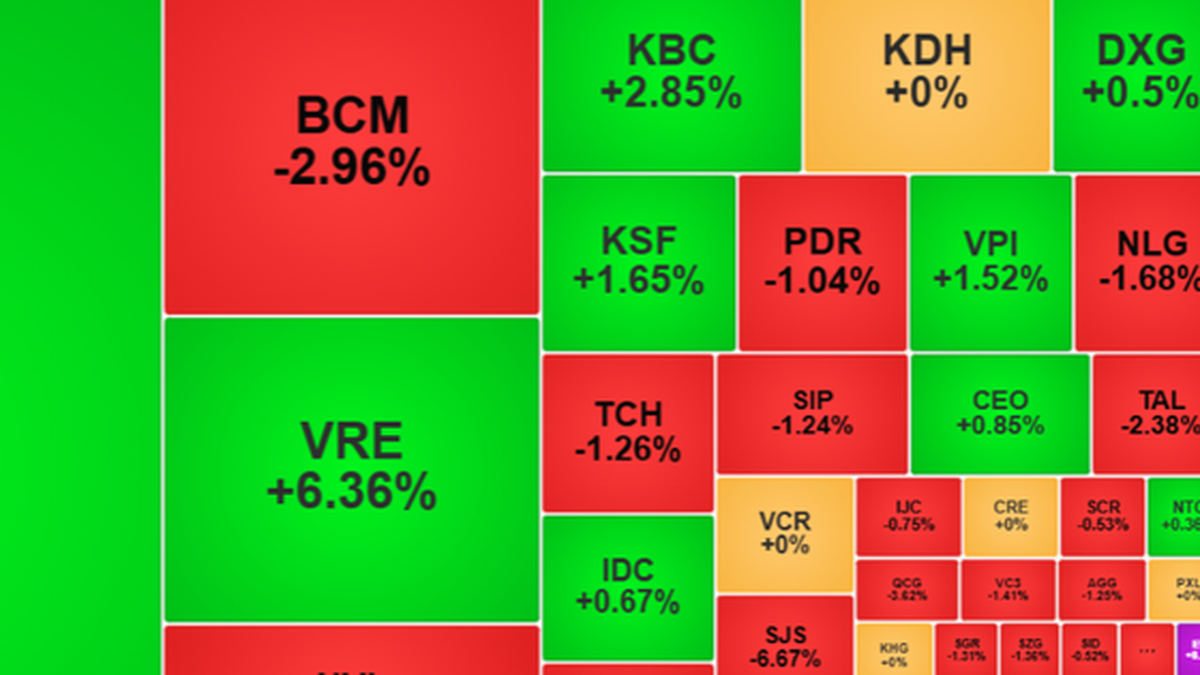
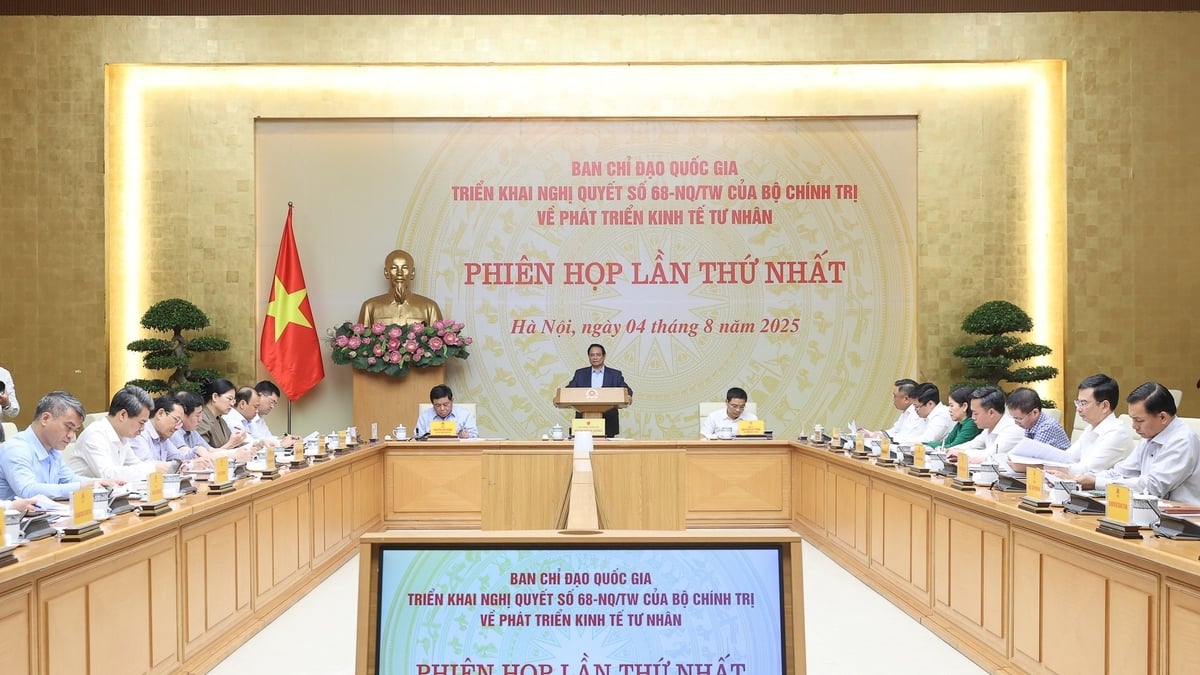
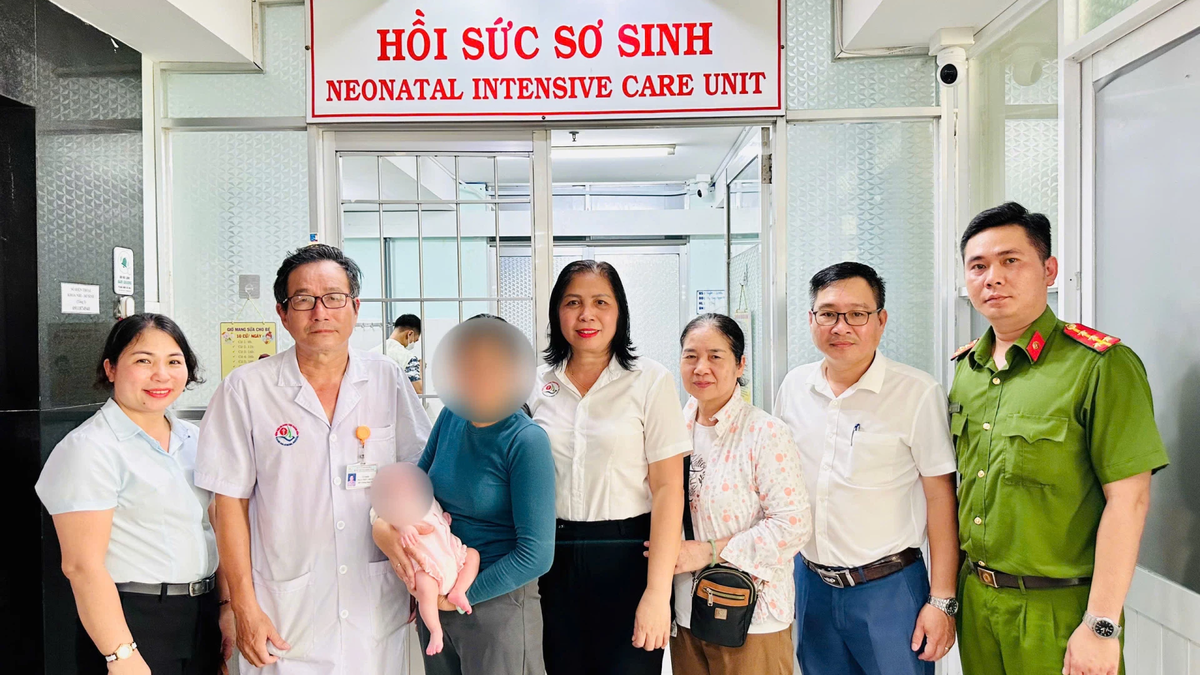









































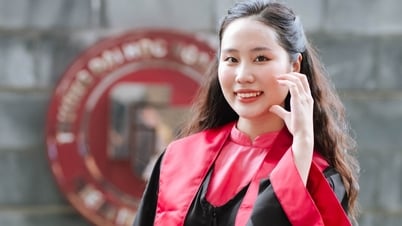





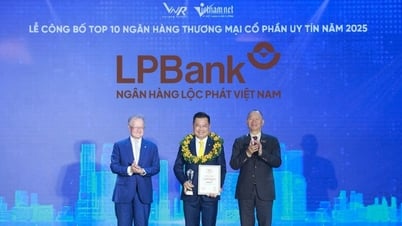




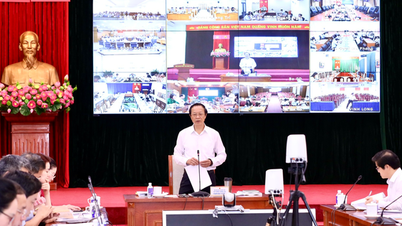
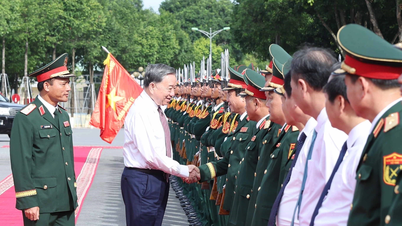
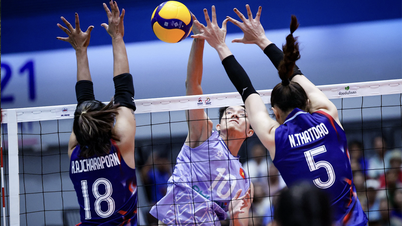



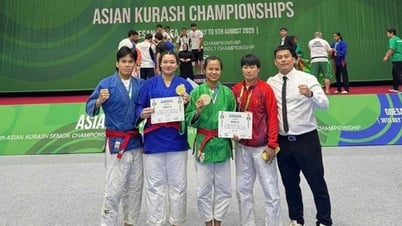


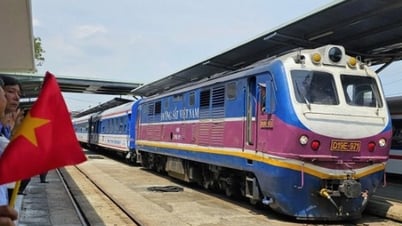

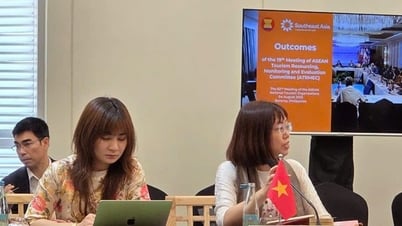
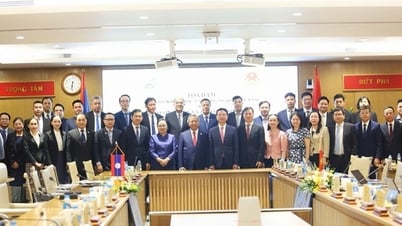























Comment (0)